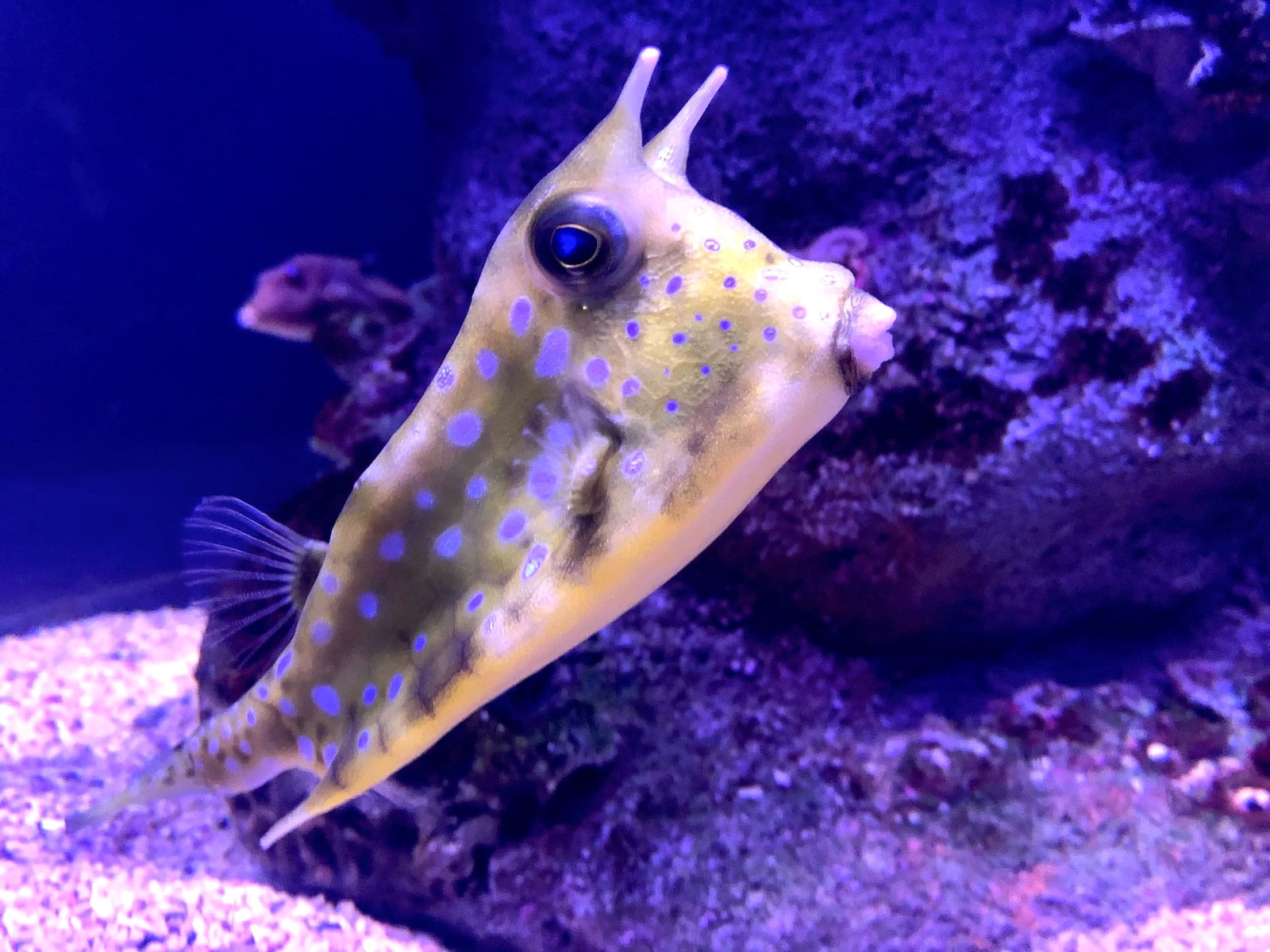The World’s Most Venomous Fish
The oceans, rivers, and lakes around the world contain thousands of species of fish. Most are harmless to humans, but some contain powerful toxins and venom that can cause illness, paralysis, and even death in people. Here is an overview of some of the most poisonous fish found across the globe.
1. Stonefish
The stonefish is often considered the most venomous fish in the world. This dangerous creature lives in coral reefs and shallow waters from the Red Sea to Australia. Its potent neurotoxin is located in 13 sharp spines along its dorsal fin.
How the Stonefish Attacks
The stonefish usually waits camouflaged on the ocean floor for prey to come near. When threatened, it erects its spines and injects its painful venom. The neurotoxin quickly paralyzes the victim, causing immense pain and sometimes death from paralysis and shock.
Stonefish Venom Effects
- Severe pain and paralysis at the wound site
- Nausea, vomiting, difficulty breathing
- Heart failure, collapse, unconsciousness
- Potentially fatal without treatment
Stonefish antivenom can save victims, but prompt first aid is crucial. The area should be immersed in hot water to denature the venom proteins. CPR may be needed if the victim’s heart stops.
Also Read : Google Quantum Computers: The Future of Computing is Here
2. Pufferfish
Over 100 species of pufferfish inhabit tropical seas around the globe. Though they are slow moving and seem harmless, some contain tetrodotoxin, an extremely potent neurotoxin.
Tetrodotoxin Poisoning
Tetrodotoxin blocks sodium channels, paralyzing muscles and slowing heart rate. Small doses cause numbness, dizziness, and tingling. Larger amounts lead to paralysis, arrhythmia, heart failure, and death within hours.
Pufferfish toxin is up to 1,200 times more poisonous than cyanide. There is no antidote, making pufferfish poisoning particularly hazardous.
Deaths have occurred from incorrectly prepared pufferfish in the delicacy fugu in Japan. Nonetheless, properly trained and licensed chefs can safely prepare pufferfish for human consumption.
3. Lionfish
Lionfish are a growing invasive species problem in the Atlantic Ocean and Caribbean Sea. Their spines contain a painful venom made up of neurotoxins, cardiotoxins, and cytolysins/hemolysins.
Lionfish Stings
- Extreme pain, swelling, redness
- Headache, vomiting, fever
- Breathing difficulties
- Irregular heartbeat
- Paralysis, convulsions
- Potentially fatal in rare cases
First aid for lionfish stings includes hot water immersion, pain medicines, wound cleaning, and medical care for severe symptoms.
Also Read : How to Protect Your Smartphone From Hackers
4. Stingrays
Stingrays spend much of their time camouflaged on the seafloor, but will use their sharp, barbed tail spines to defend themselves if stepped on accidentally. The spikes can deliver painful venom and cause injuries.
Stingray Tail Spine Venom
Most stingray venoms contain heat-labile proteins that break down at hot temperatures. Cytotoxins and neurotoxins can lead to symptoms that include:
- Severe, lingering pain
- Nausea, vomiting
- Muscle cramps
- Tremors, paralysis
- Wound infections
Soaking the stingray wound in hot water can help control pain and limit the effects of the venom. Medical care is recommended to prevent complications.
Also Read : Sugar : The Sweet Poison
Toxic Tetraodontidae Family
The Tetraodontidae family contains many species of pufferfish, ocean sunfish, and porcupinefish. Within this family, toxins are often present in the liver, ovaries, intestines, and skin.
Tetraodontidae species accumulate biotoxins from their diet. Toxins found in them include tetrodotoxin, saxitoxin, and palytoxin. Just a small amount of these substances can prove deadly if ingested.
Preventing Poisonous Fish Injuries
- Don’t touch or handle fish with venomous spines
- Watch for stonefish carefully when in coral reef areas
- Cook pufferfish and other toxic species thoroughly
- Soak wounds in hot water if stung
- Seek medical treatment for severe symptoms
Being cautious around reefs and tentacled creatures can help prevent unfortunate poisonous fish encounters.
Also Read : How Hackers Can Hack Your Android Phone
FAQs About Venomous Fish
What is the most poisonous fish in the world?
Can you die from a stingray sting?
What should you do if stung by a poisonous fish?
Conclusion
While the majority of the world’s fish species pose no threat to humans, some are highly poisonous and venomous. Fish like the stonefish, pufferfish, lionfish, and stingrays can inject painful and potentially deadly toxins if they sting or wound someone. Being cautious in coral reefs and tropical waters can help prevent hazardous encounters with these dangerous creatures. Prompt first aid like hot water immersion can be lifesaving with venomous fish stings.



